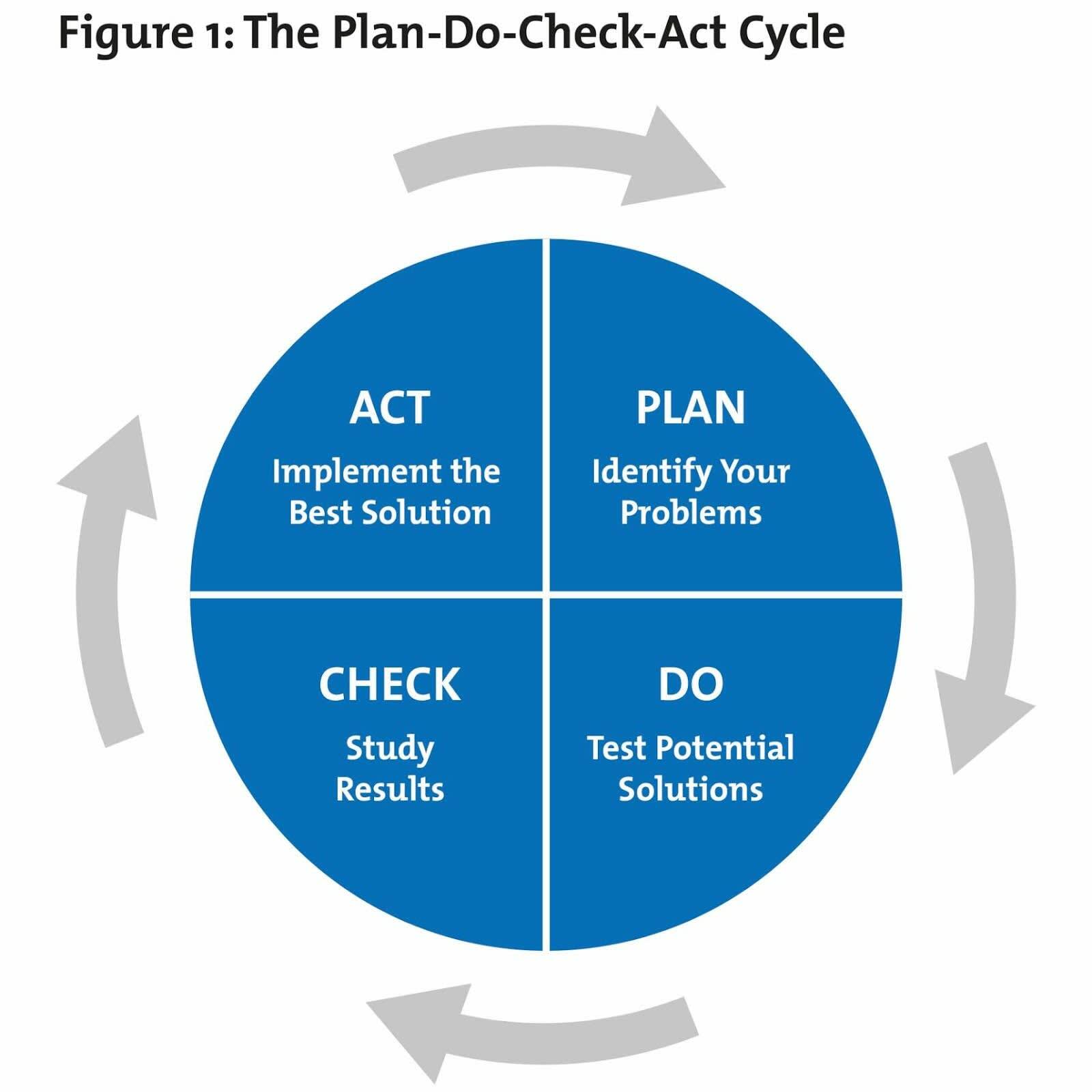Learn About Salesforce on Salesforce Incident Response
Learning Objectives
After completing this unit, you’ll be able to:
- Outline which Salesforce products can be used to enable incident response within your organization.
- Replicate the three stepping stones required to build an integrated incident response system for your company.
- List the pitfalls to avoid when establishing an organization’s incident response capability.
Create Your Own Critical Incident Response Team
Now that you’ve seen what the Salesforce critical incident center can do, how about creating your own? Read on to see our tips for building your critical incident response team.
Incident Response Foundations
When you're building a house, you need to make sure you have a solid foundation, and it’s no different when you are building a critical incident center. The foundations of a successful critical incident center are threefold: people, process, and technology.

People
- Gather the right people! Ideally, assemble a diverse group with excellent experience in many areas, including incident management, communications, customer support, critical thinking, and engineering, all tied together by an intense passion for the customer.
- Having a broad skilled group means you can leverage their previous experience to innovate and improve what you do.

Process
- You should have a comprehensive incident response playbook so you can provide a repeatable service that uses efficient, streamlined processes.
- Defining your process is vital for service excellence.

Technology
- Having the right technology is key! You need a suite of tools and products to automate your processes.
- Use the best products available and create your own CIC 360 to provide a single source of truth during incidents.
Introducing the CIC 360
In terms of technology, we had a head start because we got to choose from the Salesforce product roster. Here’s a rundown of the different products we used to build our CIC 360.

Here are the Salesforce products we use to enable incident information flow from a single source of truth, our CIC 360.

Incident Tracking - Service Cloud Customer Service Incident Management
- When the severity (or another attribute) of the incident in Service Cloud is changed, it automatically initiates many of our internal plays.
- We track all of our incident-related data points.
- And we manage special customer requests, called Executive Outreaches.

Incident Communications - Marketing Cloud
- Marketing Cloud is used to target messaging to affected customers, including initial incident alerts, invitations to our customer-facing webinars, and notifications that service has been restored.
[Alt text: Heroku icon]
Custom Incident Response Apps - Platform & Heroku
- The Salesforce Platform and Heroku are used to build and host custom apps specific to your team’s needs.
- We use a custom Heroku app to prepare all our communications; it aggregates data from different sources, saves us time, and improves our communications accuracy and consistency.
- Another app has been built as a Service Cloud extension that allows Salesforce employees to subscribe and manage their critical incident notifications using a self-service solution.
- Even the Trust site is hosted on the Heroku platform.

Incident Analytics - Tableau
- Tableau and Analytics Studio are used for our incident analyses and reporting, so we can measure our performance.
- Our incident analyses lead to our product lifecycle and service delivery's continuous improvement and help us predict and prevent future incidents.

Incident Information Management - Quip
- Quip enables effective collaboration with our internal stakeholders in real time.
- This is especially useful during long-running or complex incidents.

Incident Response Training - Trailhead
- Service excellence relies on solid training, so we’ve developed role-specific incident training to ensure our teams are certified to deliver their role.
- We also created a companywide Trailhead module, so our stakeholders are incident-ready.
[Alt text: Experience Cloud and Slack icons]
Internal Communications - Experience Cloud & Slack
- To create a sense of community around incident response, we use Slack.
- We have dedicated Slack channels that we use to share detailed information with internal staff.
- Documentation and best practices are published on the Salesforce Help site, hosted on Experience Cloud.
- This ensures all of our internal stakeholders are aligned and ready to respond to customers with the latest accurate information.

Incident Data Integration - Mulesoft
- We use the Mulesoft Salesforce Connector to pull data into our customer incident hub org from other internal Salesforce orgs used by our support and engineering teams.
Building Your CIC 360
So now I hear you saying, “That’s OK for you; you guys are at Salesforce, the #1 CRM company in the world, but how do we make this happen for our company? We don’t have all the resources you have!” We hear you, but don’t worry. Let’s break it into three steps so regardless of what size you are or what resources you have, you can build your own critical incident center 360!

Beginner Step
Be encouraged; you can start simple and still make a big difference.
- Get your processes streamlined and create a robust incident response playbook.
- Introduce formal training and regular drills for your team.
- Start using the case management functionality in Service Cloud and Slack's communication capabilities.
- And hey, just like that, you have aligned your internal teams to a single source of truth for your critical incidents.

Intermediate Step
OK, so you’re ready to reach the next step. This is what to do to get there.
- Begin automating your processes using Service Cloud and, where needed, Heroku. To do this, create some point solutions that target process pain points, time-consuming or error-prone manual tasks.
- Automating processes helps you move your teams up the value chain by reducing the amount of time they spend on manual tasks.
- At this step, you can also use Service Cloud, or for larger audiences Marketing Cloud, to provide your customers with a single source of truth for the incident. This allows you to reach your customers more effectively, increasing transparency and trust.
- Using Trailhead, you can provide incident response learning opportunities for everyone in your company to create internal alignment.

Advanced Step
Next, you move to the big league, your CIC 360.
- Now you’re looking at a fully integrated end-to-end incident response platform built on Service Cloud Customer Service Incident Management and integrated with best available products. Luckily, integration with Service Cloud is easy with so many “click not code” options.
- The platform allows you to communicate with customers and collaborate appropriately with internal stakeholders simultaneously and seamlessly.
- With the platform in place, you are able to gather data to help predict and prevent future incidents.
- This is where you build the next level of engagement by putting customers in the driver’s seat and allowing them to choose the information they want using a subscription-based approach. It enables relevant, timely communications on the customers’ terms.

PDCA Model courtesy of The W. Edwards Deming Institute®.
Tips, Tricks, and Pitfalls to Avoid
Here is our advice for other companies looking to implement CIC 360.
- First and foremost, define your project goals with your customers’ needs and wants at the forefront. These are your North star and help focus your team’s work.
- Being customer-focused means that you should remain agile, listen to feedback, and be ready to adapt to unforeseen changes. A simple process to follow is the Deming Wheel: Plan, then Do, then Check, then Act. This allows you to apply feedback to your systems or processes so you can tune and enrich your service.
- You should try to refine your processes before you start thinking about the constraints of technology.
- Don’t let technology dictate how you work. This leads to inefficiencies or poor customer experience. Fortunately, thanks to the years of customer experience and learning that has shaped Service Cloud, you shouldn’t need to do too much customization!
- Don’t forget to bring your customers and stakeholders with you on the journey because that builds confidence and certainty, so you know you’re on the right track.
We hope you enjoyed learning about critical incidents. If you have any questions, please get in touch!
Resources